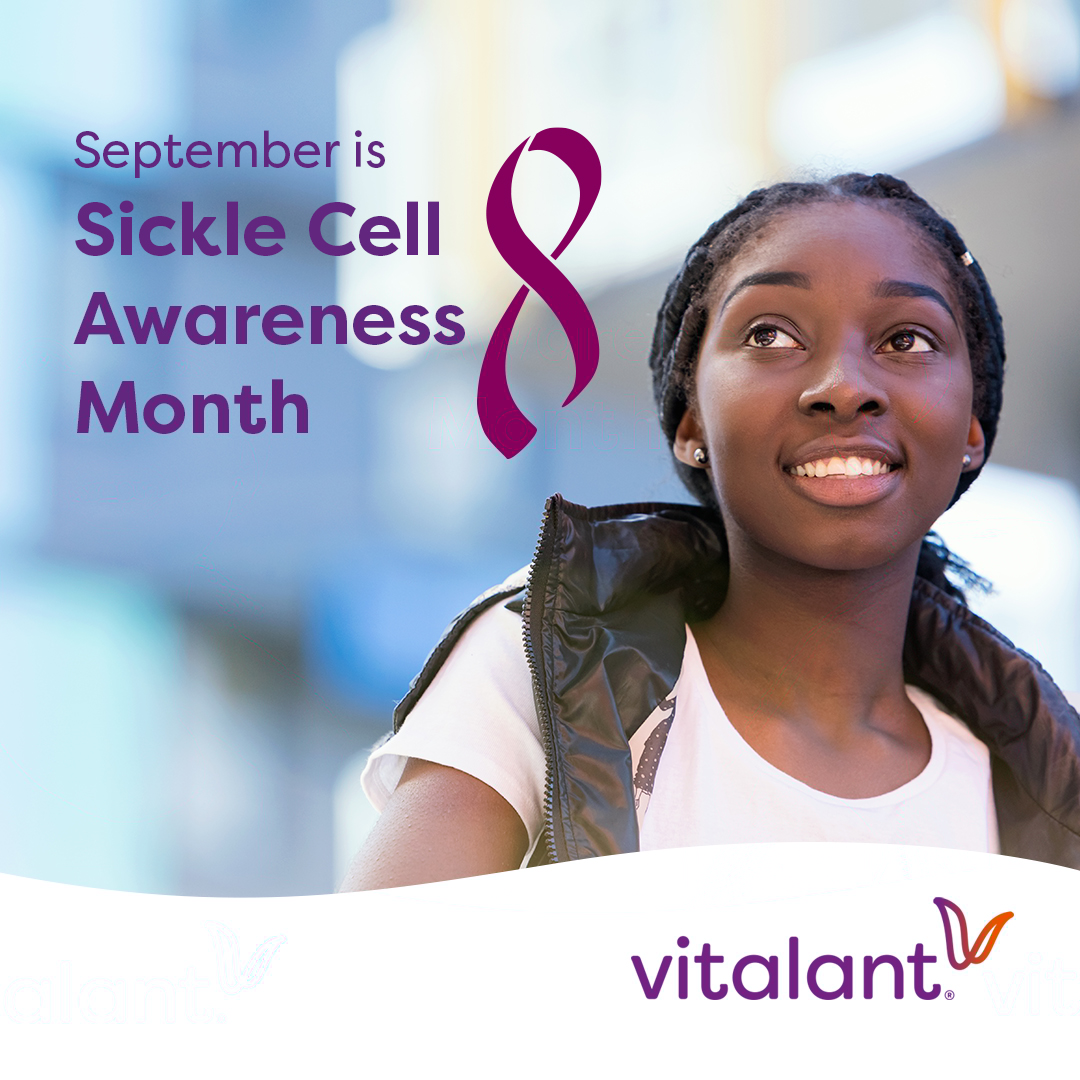What Causes Sickle Cell Disease?
Sickle cell disease is an inherited condition caused by mutations in the genes. Hemoglobin is the protein in red blood cells that carries oxygen throughout the body. In people with sickle cell disease, the hemoglobin is abnormal, which causes red blood cells to become rigid and shaped like a crescent or sickle. These misshapen cells can clump together and block blood flow, leading to pain and organ damage.
A person must inherit the faulty gene from both parents to develop the disease. If only one gene is inherited, the individual is considered a carrier, or someone with sickle cell trait. Carriers typically don’t experience symptoms but can pass the gene to their children.
Sickle Cell Disease Symptoms
Sickle cell disease symptoms can vary widely but often include episodes of severe pain, which can occur without warning. Other common symptoms include chronic fatigue, anemia, jaundice (yellowing of the skin and eyes), swelling in the hands and feet, and frequent infections due to spleen damage. In children, the disease can also delay growth and puberty. Over time, complications such as stroke, organ damage and vision problems may arise.
Why Blood Donations Matter
While advances in genetic science have provided hope for a cure, one of the most critical treatments for sickle cell disease has been and continues to be blood transfusion. Transfusions help replenish healthy red blood cells, relieve anemia, and reduce the risk of stroke and other complications. Because the effects don’t last, some sickle cell patients need frequent blood transfusions.
However, finding compatible blood matches, especially for those who get frequent transfusions, can be challenging. This is why blood donations from donors of similar ethnic backgrounds are especially important.
Black/African American donors are always needed, as their blood is more likely to be a close match for many sickle cell patients — one in three African American donors are a match for a patient with sickle cell disease. Black/African Americans make up 13% of the U.S. population, but they represent less than 3% of blood donors. Increasing donor diversity can significantly improve outcomes for those living with sickle cell disease.
How You Can Help During Sickle Cell Awareness Month
During Sickle Cell Awareness Month, you can participate by donating blood, sharing information on social media, attending local awareness events or simply learning more about the disease and its impact.
Understanding sickle cell disease is the first step toward supporting those affected and helping to improve their quality of life. But you can help sickle cell patients year-round by donating blood as often as possible.
Schedule your next donation now

